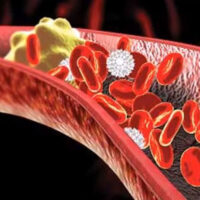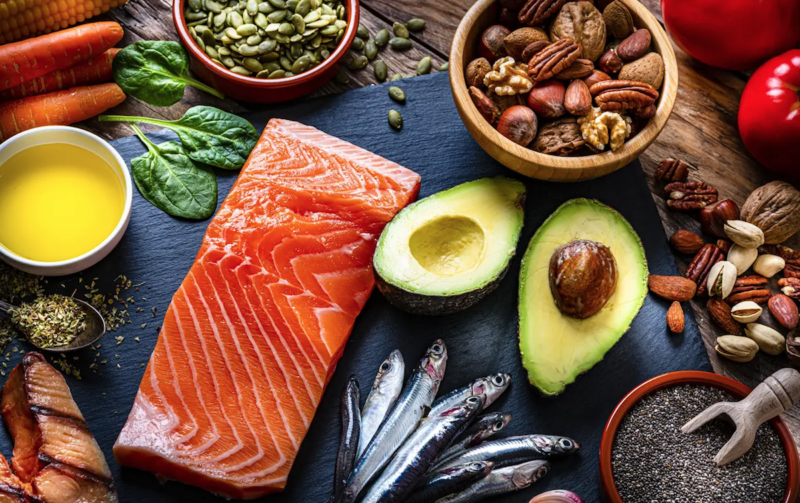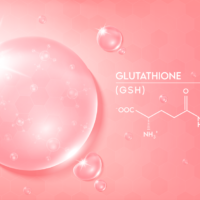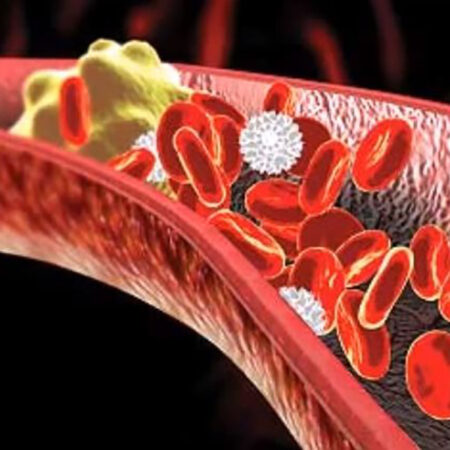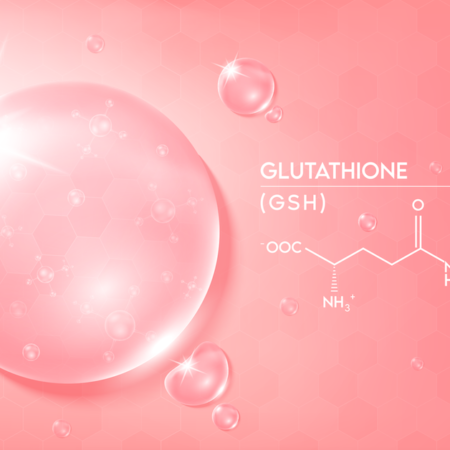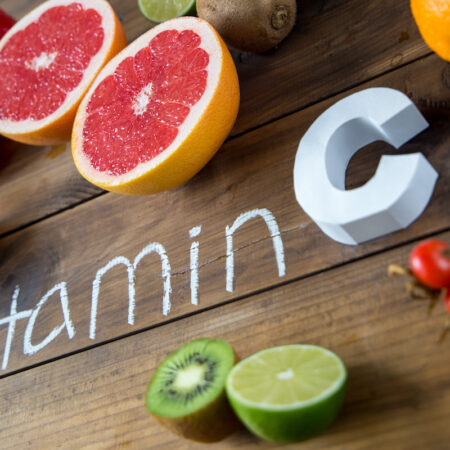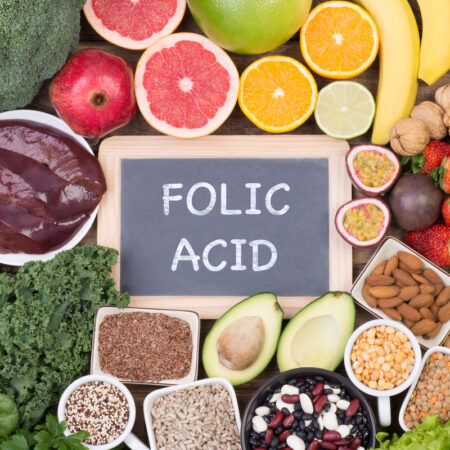Sugars and fats help provide us with the fuel necessary for our daily activities
Dietary fats, or lipids, are macronutrients necessary for the human body to live, whose main characteristic is that of being insoluble in water.
They are “well” accompanied by carbohydrates (or carbohydrates) and proteins, with which they constitute the cornerstone of every balanced diet representing approximately 30% of total calories. In fact, every gram of fat provides us with 9 calories. It is important to understand that we are talking about nutritional principles that are fundamental to human health, and not the “number one enemy” of our heart and waistline, as they have been (unfairly) accused of for years.
There are countless studies that rehabilitate lipids – including the much maligned cholesterol and triglycerides – overturning prejudices that still die hard. Fats, especially, as we will see, saturated fats, become dangerous only when in excess of requirements, and when present in the form of plaques that “encrust” the walls of veins and arteries, hindering blood flow to and from the heart.
Meanwhile, let’s classify dietary fats based on their chemical composition.
They are divided into:
Simple fats, which cannot be broken down, and which include terpenes, steroids and waxes. They are made up of carbon, hydrogen and oxygen.
Complex fats, made up of a simple lipid molecule + a molecule of other types, which can be split thanks to a process called hydrolysis. Mostly these are triglycerides, made up of one glycerol molecule plus three fatty acids. This group also includes lipids that are combined with proteins (lipoproteins) and carbohydrates or carbohydrates (glycolipids).
Derived fats, i.e. simple or complex lipids subjected to transformation processes. This category includes cholesterol, vitamin D and steroid hormones.
Biological functions of fats
The biological functions of fats can be divided into three main areas: energetic, structural, regulatory
In the first case we will have fats that are stored in adipose cells and which serve as an energy reserve, as happens in the case of triglycerides. They have an “energizing” power (meaning at a cellular level) six times greater than that of glucose deriving from carbohydrate metabolism. To simplify: from an energy point of view, fats beat sugars 6:1.
Sugars and fats therefore effectively contribute to providing us with the fuel necessary for our daily activities.
The structural function of lipids is instead covered by those fats, which also include cholesterol, which serve to form the cell membranes of organs and tissues. For this reason, approximately 70% of the cholesterol present in our blood does not come from food, but rather endogenously: it is the liver that takes care of its synthesis. Consider that during pregnancy, a woman triples her physiological production of cholesterol precisely because this lipid is essential for “building” the new organism in formation.
The regulatory function of lipids is found, for example, in steroid hormones, which in turn are crucial in various complex physiological mechanisms. They are produced by our body from cholesterol and have crucial roles in the response to stress, adaptation, sexuality and intestinal absorption.
The importance of an adequate lipid intake for the health of our organism is therefore understandable; a factor to be evaluated even more carefully especially if:
- You suffer from diabetes
- You are following a restrictive diet, a ketogenic or paleo diet
- You have a metabolic disease
- You have endocrine dysfunction
- You feel tired, dull, and lacking energy and you don’t know why
How to check if you have an adequate lipid intake? Our advice
To analyze the indicators useful for understanding whether you have an adequate lipid intake – endogenous and exogenous – and whether your body is able to synthesize them and use them in the correct way suited to your needs, a simple urine test is sufficient. With the test of organic acids and the complete metabolic and nutritional profile, your family doctor or specialist will have all the necessary parameters to ascertain your conditions and, if necessary, direct the therapy in the appropriate direction.
